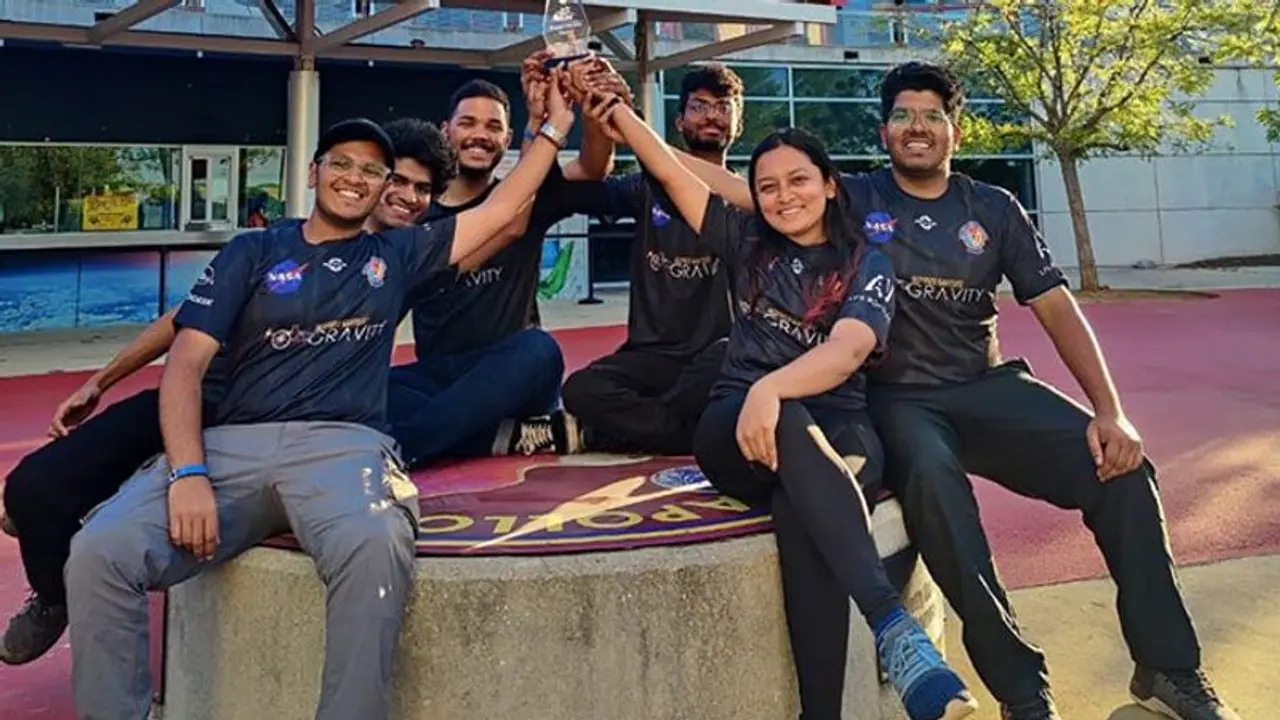The winning entry in the NASA Human Exploration Rover Challenge (HERC) is a human-powered rover designed for manned missions to the Moon and Mars by the BITS Pilani students. In the competition, the group "Inspired Karters Gravity" won first place for the Project Review Award.
A human-powered rover created by BITS Pilani students for manned missions to the Moon and Mars won the NASA Human Exploration Rover Challenge (HERC) grand award. The aim of the competition was to build a human-powered Mars rover that could traverse an obstacle course that was designed to replicate the Martian terrain.

According to Sudhirkumar Barai, Director of BITS Pilani, the event took place at NASA Marshall Space Flight Centre in Huntsville, Alabama, USA.
Barai said that the goal of the competition was to build a human-powered Mars Rover capable of navigating a difficult and harsh obstacle course meticulously designed to resemble Martian terrain.
"This included designing the rover from the ground up, simulating and validating the designs, manufacturing the theoretical designs, testing the manufactured rover, and obtaining funds for manufacturing, transportation, and logistical support," he added.
Also Read | Juice will not detect life on Jupiter but would assess chance of life
In the competition, the group "Inspired Karters Gravity" won first place for the Project Review Award.
"The team's rover "G-Rover lll" stood out from the competition due to a few distinctive features like generative design, 3-D printed wheels, electronically-actuated steering system, leaning suspension setup, and 3-wheeled aluminium chassis," he continued.
The team members that took part in the event were Arnav Singh (Team Lead), Atharva Sunder Ramdas, Botu Rohith, Kanva A. Kashyapa, Samkit Jain, Atharv Srivastava, and Shayna Godha. The team performed excellently in this event, placing first in the Project Review Award, 12th overall among 61 foreign teams from 8 different nations, and first in the Asia-Pacific Region.
